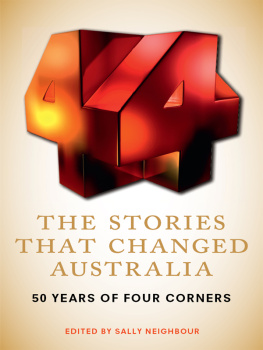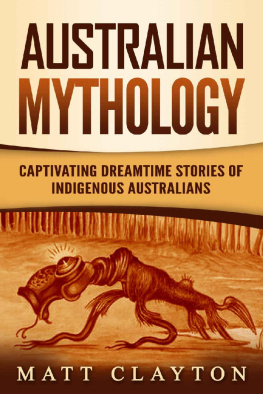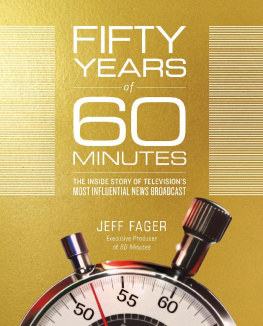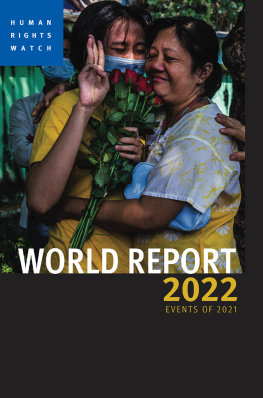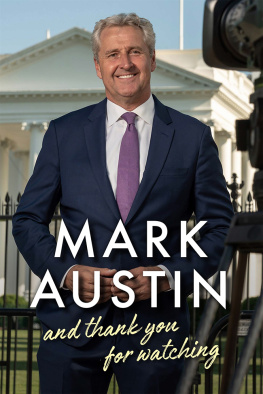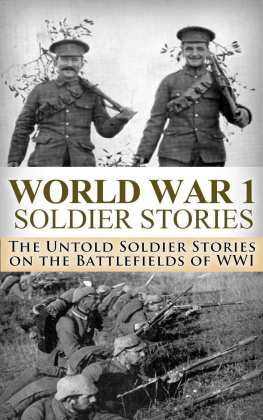P ut simply, Four Corners is a television miracle. It began life on a trial basis on 19 August 1961 in a medium that was just five years old in Australia; a medium whose managers have since routinely killed off programs because the audience was too small or the expectation too big, often not even bothering to ensure they were properly archived for history. Some programs have literally disappeared without trace. Many others have died a natural, even dignified death after a long run, but none has outlived this great television current affairs trailblazer.
There was certainly no great expectation when Four Corners was launched. Its start was as tentative as the first steps of a child. Stories vary about its beginnings, but what is not contested is that one day in 1960 a newsreader and sometime cricket commentator, Michael Charlton, managed to squirrel himself and a journalist colleague named Bob Raymond past the normal hierarchical and heavily public service-oriented processes of a resistant management into the almost deified presence of the ABCs General Manager, Charles Moses. This was a last-ditch appeal for a new program idea.
Charlton had some cachet in the place. His father, Conrad, was the first voice on ABC Radio, introducing Prime Minister Joseph Lyons to launch the national network in 1932. Charlton the son was the first face on ABC Television, introducing Prime Minister Robert Menzies to launch the network 28 years later.
In those days, television news was indeed radio with pictures; journalists struggled to understand and fully exploit the potential of the new medium, and TV current affairs didnt exist. By that time ABC Radio was a settled and indispensible institution for many Australians from the most humble to the most elite. It had already helped keep the nation informed through the Great Depression and World War II, and had brought Test cricket alive on the airwaves. I can remember as a small child in the early 50s that whenever I travelled from the Queensland bush to stay with my grandparents in Brisbane, I had no choice but to sit with them each weekday at lunchtime, listening first to the ABC news and then to the classic radio serial Blue Hills , written by Gwen Meredith. I can still hum the theme.
But for Bob Raymond in 1960, public broadcast television was a pale shadow of its relatives abroad. In his memoir, Out of the Box , Raymond recalled: There was straight news read with BBC-like solemnity by former radio announcers in dinner jackets plenty of sport, a weekly news magazine of non-topical items, and an occasional brief illustrated lecture by a university political scientist on some faraway place of which we know little But beyond that nothing. Topical background, contemporaneous comment, helpful interpretation was not just in short supply; there simply wasnt any.
Raymond and Charlton managed to persuade Moses to embrace an idea for a topical weekly program that represented virgin territory for Australian television. They thought if they were lucky, it might last a few months, maybe even a year.
Moses must have occasionally wondered what he had done as the new program found its feet, seriously ruffling political and other institutional feathers along the way. Amazingly, one year has become 50, and feathers are still being ruffled.
But it wasnt just its own rich lode of groundbreaking investigative and social documentary stories that Four Corners was to produce. It also spawned a whole stable of troublesome offspring, from the first nightly national current affairs program, This Day Tonight , in 1967, to the current crop: 7.30 , Lateline , Foreign Correspondent , Australian Story , Insiders , Landline , Lateline Business and Business Insiders . Through all this, Four Corners has remained the Mother Ship; leaky at times, occasionally in need of serious work in the dry dock, but still the Mother Ship.
The philosophy of Four Corners today is simple enough, and hasnt changed much over the years: to invest time and resources identifying and investigating issues of significance to Australians and fashioning the end results into a coherent, informative 45-minute television narrative.
In 50 years, for all its imperfections, it has nurtured and showcased many of the finest journalists, editors, cinematographers and sound recordists this country has produced, of a standard that is in the global front line. Some, like Michael Charlton, Mike Willesee, Caroline Jones, Andrew Olle, Paul Lyneham and Chris Masters, became household names (the two Michaels for their pioneering interviews; Caroline as the trailblazer for so many other outstanding women in modern journalism; Andrew for his elegant writing and filmmaking; Paul for a clever, probing intellect that would not be denied; and Chris for his tireless and courageous pursuit of institutionalised corruption).
But from the earliest days there have been countless others who have also had an enormous impact, not only on their own craft and the television industry, but also on the broad national debate. They also at times have been catalysts for significant change. Its not hard to find examples year by year, decade by decade, and some are in this book; a book that offers real insight into the nature of the program and the people who made it.
Looking back, I realise I was still a babe in the woods at 30 when I first went to Four Corners in 1975, and something of a journeyman when I returned in 1985. Its been a rare privilege for me to come back again at this stage of my career to share a cautious pride in 50 years of accumulated achievement.
So what of Four Corners into the future? Journalism in all its forms is not so much at a crossroads as on a roundabout with a confusion of exits. Newspapers are fracturing, disappearing or morphing into something else; converging with television and radio. Television journalism is spreading itself across a number of platforms.
Despite the exciting potential that technological advances offer, the quality and depth of content in both print and television is being diluted before our eyes. The opportunities for distortion and manipulation by those who hold the reins of power across society are growing. Yet the reliance on cheap, emotive sensationalism, the hypocritical exploitation of tragedy, the pursuit of mindless celebrity and the ranting of would-be demagogues to sell publications or draw audiences is becoming pervasive, sucking the oxygen out of real journalism. And yet, I believe the public need and hunger for real information, for real debate, for real, thoughtful inquiry and revelation, have never been stronger.
At the same time, the evolution in the delivery of news is coinciding with a worrying decline in resources. The pursuit of quality journalism, of proper investigation, inquiry, and finally, the production of stories on any significant scale and consistency, will always require strong resources. In public broadcasting, too, those resources are being chipped away. As you will gather from some of the personal accounts in this book, it takes a great deal of time and digging and travel and expertise plus blood, sweat and tears while up against remorseless deadlines to produce the goods in long-form television current affairs.
In this era of massive change there are no guarantees for any print publication or electronic program into the longer term, and even as the dust is still settling on its 50th anniversary celebrations, and incidentally on a year of vintage investigative journalism, we have to acknowledge that Four Corners is not immune from the pressures of these times.

